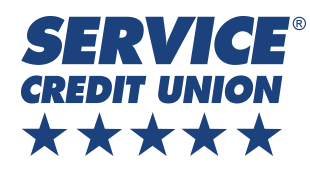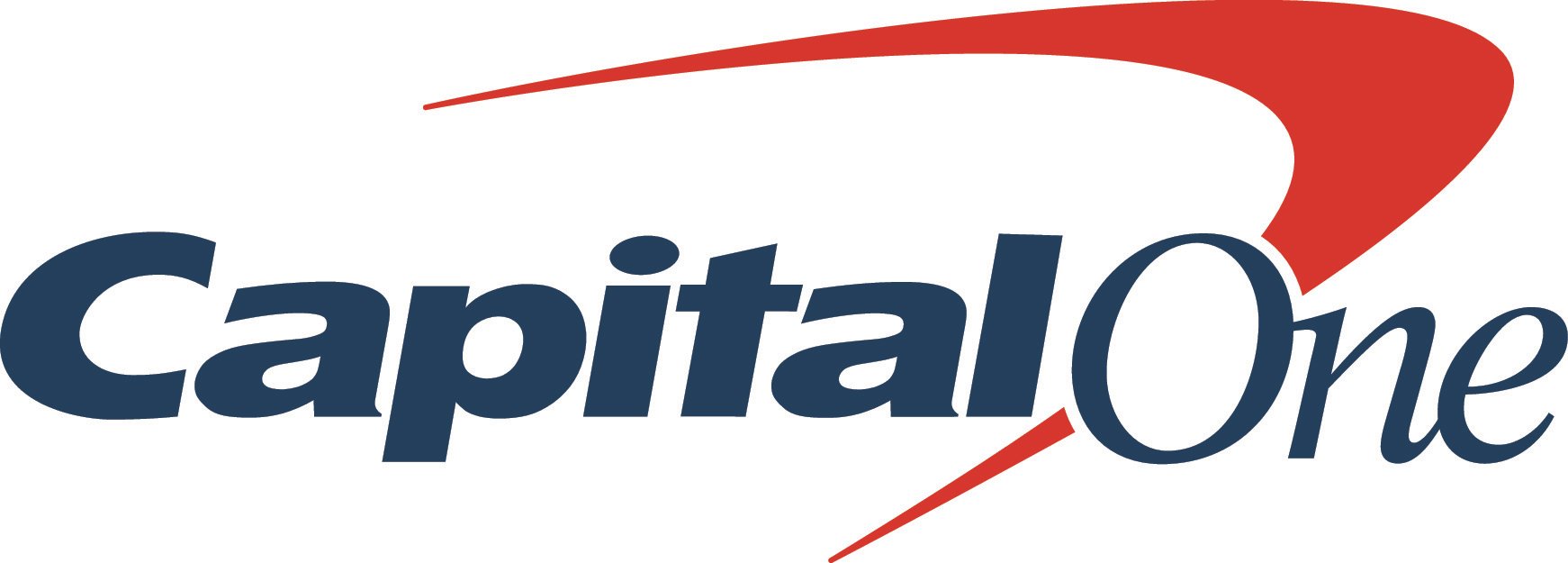5 Best Savings Accounts for Kids of 2025
The best savings accounts for kids have strong rates on smaller balances and no monthly fees.
Many or all of the products on this page are from partners who compensate us when you click to or take an action on their website, but this does not influence our evaluations or ratings. Our opinions are our own.
Opening a savings account for your kids is a great way to teach money management skills and start them on the way to financial success. The best savings accounts for kids earn interest and have no or low monthly fees — like the best savings accounts for adults. They may also have highly rated mobile apps and educational material to help children learn about money.
Strict editorial guidelines to ensure fairness and accuracy in our coverage to help you choose the financial accounts that work best for you. See our criteria for evaluating banks and credit unions.
More than 100 financial institutions surveyed by our team of experts.
More than 60 data points considered for each bank and credit union to be eligible for our roundups. For this list, more than five data points were considered per institution.
Note about credit unions: Many of our picks are at credit unions, which sometimes have limits on who can join as a member. However, three of the institutions below have fairly broad membership rules for folks to join nationwide. (See more on how credit unions differ from banks.)
Here’s a look at NerdWallet’s favorite savings accounts for kids.
Nerdy Tip
The Fed hasn’t changed its benchmark interest rate this year. This means that excellent interest rates are still available on savings accounts.
Best Savings Accounts for Kids
APY
3.10%
With $100 min. balance for APY
Bonus
N/A
APY
5.00%
With $0.01 min. balance for APY
Bonus
N/A
APY
5.00%
With $0 min. balance for APY
Bonus
N/A
APY
5.90%
With $0 min. balance for APY
Bonus
N/A
APY
2.50%
With $0 min. balance for APY
Bonus
N/A
Kids savings account: Consider high-yield online savings
Many top kids savings accounts offer strong rates, but only up to a certain amount, say $500 or $1,000. This could be a great choice for kids who are just starting to save, but if their balance climbs above the limit, it may be better to look at regular account options. The best high-yield savings accounts typically earn above 4% APY, and with fewer balance restrictions, so they can make great long-term savings accounts.
Some strong savings accounts are not marketed to kids but can be opened by an adult who serves as a custodian until the child is old enough to control the account. Alternatively, a parent or guardian can open a high-yield savings account as a joint account with their kid. Yet another option is for a parent or guardian to open a savings account in their name and give it a nickname to reflect that its funds are for the child, while the adult owns the account. You can take a look at NerdWallet’s best savings accounts — they generally have no monthly fees and offer strong rates — and then inquire with the financial institution about its policies for opening a savings account for your child.
Beyond savings, if you have a teen who would like a separate spending account, check out our list of best teen checking accounts.
High-yield account APYs compared to brick-and-mortar banks
Empty Table Header | April 2025 | March 2025 | February 2025 | January 2025 | December 2024 | November 2024 | October 2024 | September 2024 | August 2024 | July 2024 | June 2024 | May 2024 | April 2024 | March 2024 | February 2024 | January 2024 | December 2023 | November 2023 | October 2023 | September 2023 | August 2023 | July 2023 | June 2023 | May 2023 | April 2023 | March 2023 | February 2023 | January 2023 | December 2022 | November 2022 | October 2022 | September 2022 | August 2022 | July 2022 | June 2022 | May 2022 |
|---|---|---|---|---|---|---|---|---|---|---|---|---|---|---|---|---|---|---|---|---|---|---|---|---|---|---|---|---|---|---|---|---|---|---|---|---|
Online institutions | ||||||||||||||||||||||||||||||||||||
Ally, Member FDIC. | 3.60% APY. | 3.70% APY. | 3.80% APY. | 3.80% APY. | 3.85% APY. | 4.00% APY. | 4.00% APY. | 4.20% APY. | 4.20% APY. | 4.20% APY. | 4.20% APY. | 4.20% APY. | 4.25% APY. | 4.35% APY. | 4.35% APY. | 4.35% APY. | 4.25% APY. | 4.25% APY. | 4.25% APY. | 4.25% APY. | 4.25% APY. | 4.00% APY. | 3.85% APY. | 3.75% APY. | 3.75% APY. | 3.40% APY. | 3.40% APY. | 3.30% APY. | 3.30% APY. | 3.00% APY. | 2.35% APY. | 1.85% APY. | 1.85% APY. | 1.25% APY. | 1.00% APY. | 0.60% APY. |
CIT Bank, Member FDIC. | 4.10% APY. | 4.30% APY. | 4.30% APY. | 4.35% APY. | 4.55% APY. | 4.70% APY. | 4.70% APY. | 4.85% APY. | 5.00% APY. | 5.00% APY. | 5.00% APY. | 5.05% APY. | 5.05% APY. | 5.05% APY. | 5.05% APY. | 5.05% APY. | 5.05% APY. | 5.05% APY. | 5.05% APY. | 5.05% APY. | 5.05% APY. | 4.95% APY. | 4.85% APY. | 4.75% APY. | 4.50% APY. | 4.05% APY. | 4.05% APY. | 4.05% APY. | 3.85% APY. | 3.60% APY. | 3.00% APY. | 2.10% APY. | 2.10% APY. | 1.90% APY. | 1.20% APY. | 0.90% APY. |
National brick-and-mortar banks | ||||||||||||||||||||||||||||||||||||
Bank of America, Member FDIC. | 0.01% APY. | 0.01% APY. | 0.01% APY. | 0.01% APY. | 0.01% APY. | 0.01% APY. | 0.01% APY. | 0.01% APY. | 0.01% APY. | 0.01% APY. | 0.01% APY. | 0.01% APY. | 0.01% APY. | 0.01% APY. | 0.01% APY. | 0.01% APY. | 0.01% APY. | 0.01% APY. | 0.01% APY. | 0.01% APY. | 0.01% APY. | 0.01% APY. | 0.01% APY. | 0.01% APY. | 0.01% APY. | 0.01% APY. | 0.01% APY. | 0.01% APY. | 0.01% APY. | 0.01% APY. | 0.01% APY. | 0.01% APY. | 0.01% APY. | 0.01% APY. | 0.01% APY. | 0.01% APY. |
Chase Bank, Member FDIC. | 0.01% APY. | 0.01% APY. | 0.01% APY. | 0.01% APY. | 0.01% APY. | 0.01% APY. | 0.01% APY. | 0.01% APY. | 0.01% APY. | 0.01% APY. | 0.01% APY. | 0.01% APY. | 0.01% APY. | 0.01% APY. | 0.01% APY. | 0.01% APY. | 0.01% APY. | 0.01% APY. | 0.01% APY. | 0.01% APY. | 0.01% APY. | 0.01% APY. | 0.01% APY. | 0.01% APY. | 0.01% APY. | 0.01% APY. | 0.01% APY. | 0.01% APY. | 0.01% APY. | 0.01% APY. | 0.01% APY. | 0.01% APY. | 0.01% APY. | 0.01% APY. | 0.01% APY. | 0.01% APY. |
Weigh credit union requirements
Credit unions, including the ones on this list, can be great options for kids savings accounts. But note that membership can be restrictive. Institutions with relatively easy membership requirements might let you join if you also join a qualifying organization, such as a nonprofit. But that can come with a fee. If you wouldn’t otherwise see a benefit in joining the linked organization, you may want to look into high-yield savings accounts at financial institutions that don’t have member requirements. (See more on how credit unions differ from banks.)
Use a kids savings account as a learning tool
Once you’ve opened an account, help your children learn the best practices for managing money, like setting aside a portion of their allowance and understanding the difference between short- and long-term savings. Start early enough, and your children will be seasoned pros by the time they turn 18.
Outside of banks, some apps partner with banks to offer accounts and debit cards as well as a host of kid-focused tools not always found at banks, such as allowance transfers, chore chart trackers, savings goals and customizable parental controls. These apps can help introduce spending without needing your kid to be a teenager yet. While these apps’ main accounts are for spending, many offer separate savings balances. See our list of the best banking apps for kids and teens.
You may also want to take a look at the best high-interest accounts for top online options for building your own savings balance. » Saving for a short-term goal? See the best one-year CD rates
Last updated on October 25, 2024
Methodology
We took a close look at over 100 financial institutions and financial service providers, including the largest U.S. banks based on assets, internet search traffic and other factors; the nation’s largest credit unions, based on assets and membership; and other notable and/or emerging players in the industry. We rated them on criteria including annual percentage yields, minimum balances, fees, digital experience and more.
Financial institutions and providers surveyed are: Affirm, All America Bank, Alliant Credit Union, Ally Bank, Amalgamated Bank, America First Credit Union, American Express National Bank, Andrews Federal Credit Union, Associated Bank, Axos Bank, Bank of America, Bank5 Connect, Barclays, Bask Bank, Bethpage Federal Credit Union, BMO, BMO Alto, Boeing Employees Credit Union, Bread Savings, BrioDirect, Capital One, Carver Federal Savings Bank, CFG Bank, Charles Schwab Bank, Chase, Chime, CIBC U.S., CIT Bank, Citibank, Citizens, Citizens Bank, City First Bank, Climate First Bank, Commerce Bank, Community First Credit Union of Florida, ConnectOne Bank, Connexus Credit Union, Consumers Credit Union, Current, Customers Bank, Delta Community Credit Union, Discover® Bank, E*TRADE, EverBank, Fifth Third Bank, First Foundation, First Internet Bank, First National Bank, First Tech Federal Credit Union, Flagstar Bank, FNBO Direct, Flagstar Bank, Forbright BankGlobal Credit Union, GO2bank, Golden 1 Credit Union, Greenwood, Hope Credit Union, Huntington Bank, Industrial Bank, Ivy Bank, Jenius Bank, KeyBank, Lake Michigan Credit Union, Laurel Road Bank, LendingClub Bank, Liberty Bank, Live Oak Bank, M&T Bank, Marcus by Goldman Sachs, My Banking Direct, NASA Federal Credit Union, Navy Federal Credit Union, NBKC, One, OneUnited Bank, Pentagon Federal Credit Union, PNC, Poppy Bank, Popular Direct, Quontic Bank, Regions Bank, Revolut, Salem Five Direct, Sallie Mae Bank, Santander Bank, SchoolsFirst Federal Credit Union, Security Service Federal Credit Union, Securityplus Federal Credit Union, Self-Help Credit Union, Service Credit Union, SoFi, State Employees’ Credit Union of North Carolina, Suncoast Credit Union, Synchrony Bank, TAB Bank, TD Bank, Truist Bank, U.S. Bank, UFB Direct, Upgrade, USAA Bank, Varo, Vio Bank, Wells Fargo, Western Alliance Bank and Zynlo Bank.




